Wellness tourism … an alternative emerging form of tourism!
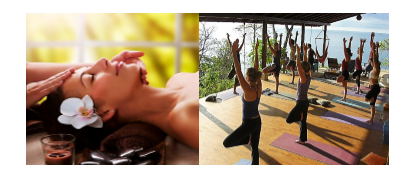
Wellness tourism is a growing trend in the world’s tourism industry as consumers are interested more and more on enhancing their mental and physical health, during holidays by visiting spa centers, receiving massages and facial and body treatments.
This form of tourism is estimated to account for 6% of global tourism. According to the Global Wellness Institute, in 2013, there were 587 million trips for wellness purposes 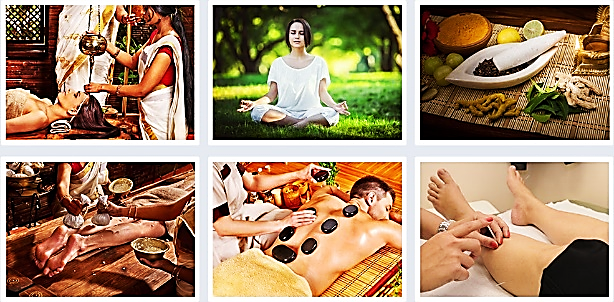 globally, the total value of which amounted to € 456 billion, recording an increase of 13% compared to 2012. Whatsoever, wellness tourism costs are increasing at a higher rate as compared to the total spending on all forms of tourism.
globally, the total value of which amounted to € 456 billion, recording an increase of 13% compared to 2012. Whatsoever, wellness tourism costs are increasing at a higher rate as compared to the total spending on all forms of tourism.
Europe is the world’s top destination for  wellness tourism, accounting for 37% of the market in question (212 million trips). At European level, Germany, France and the UK are the largest markets for wellness tourism, with 84% of those trips being home-grown, while at the same time they are the main source of tourism wellness in the developing countries (e.g. Turkey, Morocco, Egypt, Japan, India, China, Thailand).
wellness tourism, accounting for 37% of the market in question (212 million trips). At European level, Germany, France and the UK are the largest markets for wellness tourism, with 84% of those trips being home-grown, while at the same time they are the main source of tourism wellness in the developing countries (e.g. Turkey, Morocco, Egypt, Japan, India, China, Thailand).
European tourists are increasingly following a proactive approach by combining holidays with treatments for stress and chronic pain, as well as for improving their skin. Given the aging population 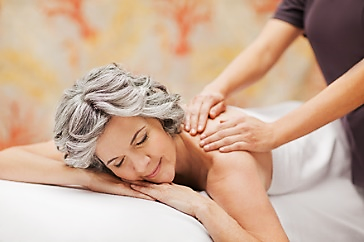 in most European countries and the high costs along with the long queues in medical centers, an increasing number of elderly Europeans are looking for wellness services abroad. Especially in Western Europe, there is an increasing demand for treatments that do good in mind and body.
in most European countries and the high costs along with the long queues in medical centers, an increasing number of elderly Europeans are looking for wellness services abroad. Especially in Western Europe, there is an increasing demand for treatments that do good in mind and body.
European travelers are generally more experienced and demanding with regard to 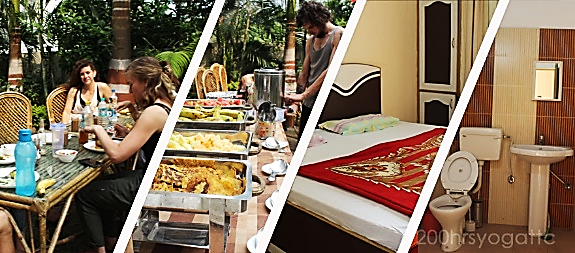 accommodation and food, cleanliness, safety and quality of facilities and staff, personalized service, comfort and flexibility in bookings and offers.
accommodation and food, cleanliness, safety and quality of facilities and staff, personalized service, comfort and flexibility in bookings and offers.
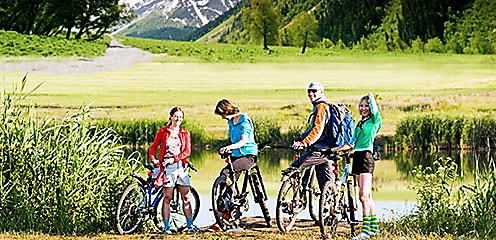 In addition, many European tourists are interested for sports during their holidays (walking, cycling, running or other physical activity) as well as following a healthy diet. Those activities are particularly popular between the ages of 50-65, as well as for
In addition, many European tourists are interested for sports during their holidays (walking, cycling, running or other physical activity) as well as following a healthy diet. Those activities are particularly popular between the ages of 50-65, as well as for 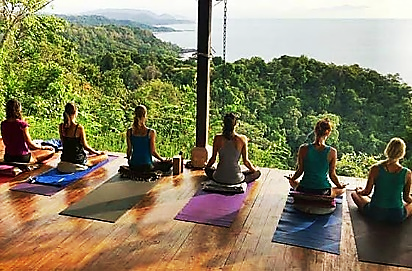 travelers from Austria and Scandinavia. With regard to therapies such as thermal spas, acupuncture, yoga and massage they are also widespread. Especially in Western Europe, demand for body-spirit therapies such as meditation and yoga records an upward course.
travelers from Austria and Scandinavia. With regard to therapies such as thermal spas, acupuncture, yoga and massage they are also widespread. Especially in Western Europe, demand for body-spirit therapies such as meditation and yoga records an upward course.
 In this context, tourists are increasingly choosing to stay in hotels that offer healthy menus, spa and fitness services and other wellness activities. Consequently, wellness services and facial and body treatments are no longer a luxury, as more and more consumers choose packages that include those services.
In this context, tourists are increasingly choosing to stay in hotels that offer healthy menus, spa and fitness services and other wellness activities. Consequently, wellness services and facial and body treatments are no longer a luxury, as more and more consumers choose packages that include those services.
Sources: CBI (2015), www.europeanspamagazine.com, www.globalwellnesssummit.com, www.thespatraveller.com
